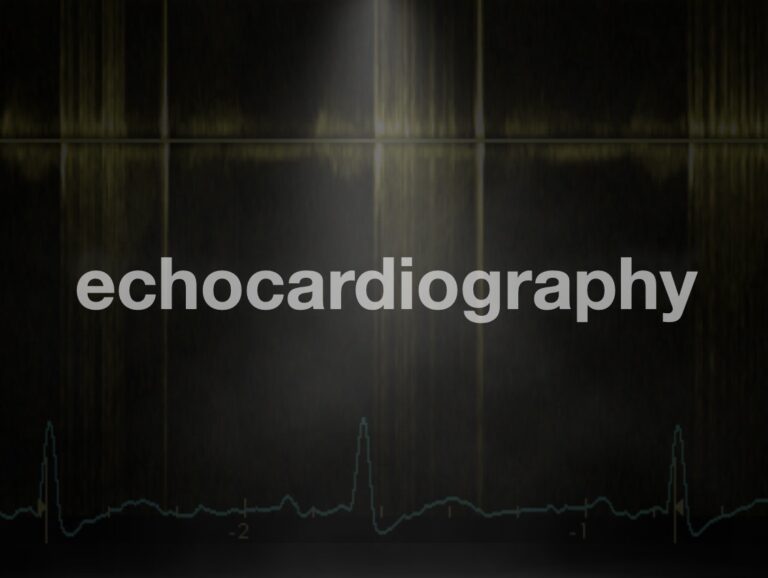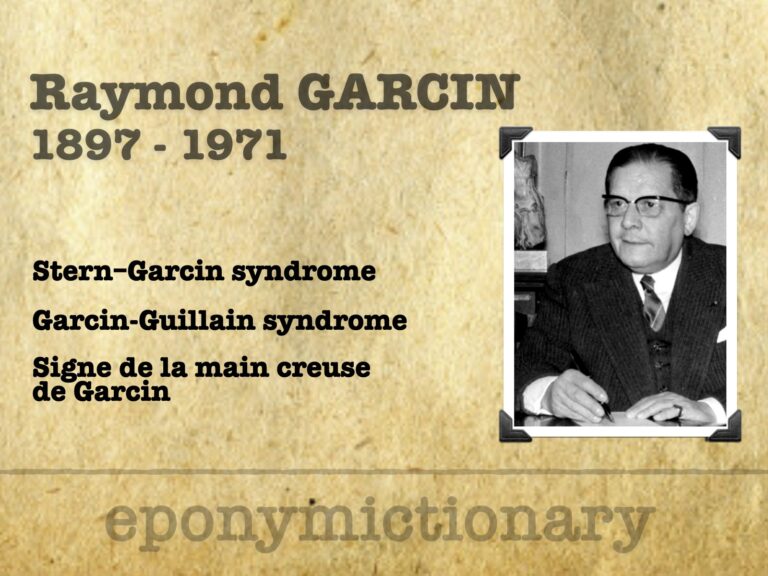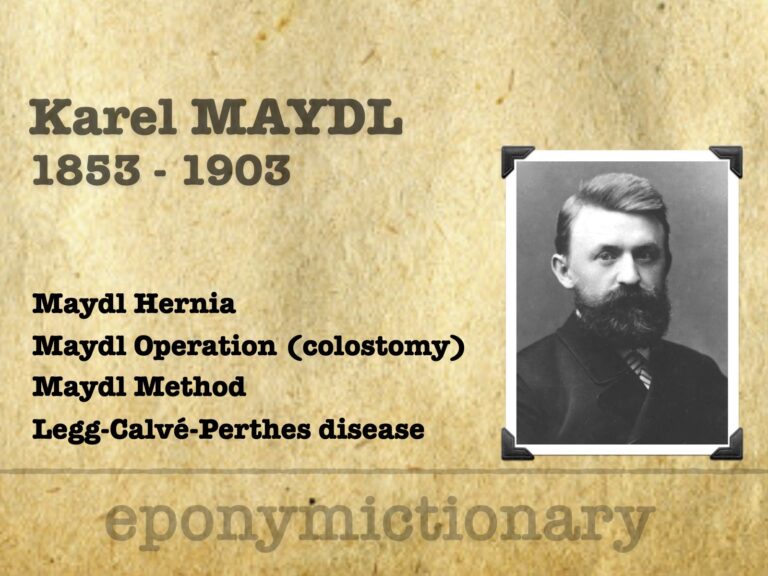
Jeremy Swan
Jeremy Swan (1922–2005), Irish-born cardiologist, co-invented the Swan-Ganz catheter and led advances in cardiac catheterisation and haemodynamic monitoring

Jeremy Swan (1922–2005), Irish-born cardiologist, co-invented the Swan-Ganz catheter and led advances in cardiac catheterisation and haemodynamic monitoring

Frederick Forchheimer (1853–1913), U.S. paediatrician and educator, described Forchheimer spots and published landmark internal medicine textbooks

Understand and identify the pulmonary valve. Learn how to identify and grade pulmonary regurgitation and quantify pulmonary stenosis. Basic management of pulmonary valve dysfunction.

Nil Filatov (1847–1902), founder of Russian paediatrics, described key signs in measles, rubella, and mononucleosis; led Moscow’s first children’s hospital.

Louis Virgil Hamman (1877–1946), Johns Hopkins physician and diagnostician, described Hamman’s sign, Hamman syndrome, and Hamman-Rich syndrome

Raymond Garcin (1897–1971), French neurologist and Salpêtrière educator; described Garcin syndrome, “main creuse” sign, and led postwar French neurology.

Understand and identify the tricuspid valves. Learn how to identify and grade tricuspid regurgitation and quantify tricuspid stenosis. Basic management of tricuspid valve dysfunction.

Joseph Rouanet (1797–1865), French physician, first linked heart sounds to valve closure. His 1832 thesis laid foundations for modern cardiac auscultation.
Charles Edward Beevor (1854-1908) was an English neurologist. Beevor sign - indicating a spinal cord lesion between T10 and T12

Karel Maydl (1853–1903), Czech surgeon, pioneer of colostomy, bladder exstrophy surgery, and Maydl’s hernia; early describer of Legg-Calvé-Perthes disease (LCPD)

Today we cover lateral canthotomy and cantholysis, with a guide made in partnership with a recent publication in Australasian Emergency Care

Understand and identify aortic regurgitation. Learn how to identify and grade aortic regurgitation gradient using measurements and visual clues and quantify aortic regurgitation.